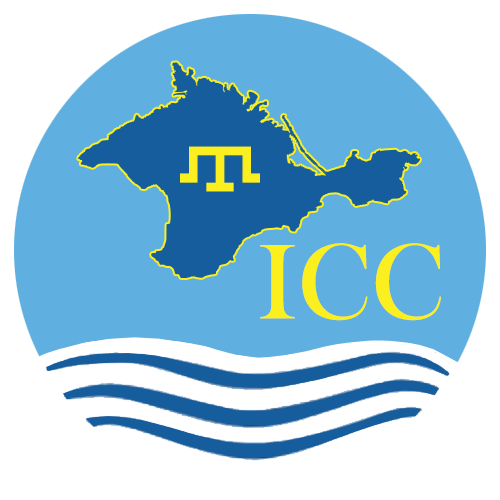
International Committee for Crimea
The Arabat Tragedy: Introduction
One of the most important but lesser known tragedies of Second World War is the Arabat Tragedy of the Crimean Tatars. This tragic episode is important because it proves the determination and the viciousness of the "Soviet Mentality" in ethnically cleansing the entire Crimean Tatar population from the Crimea (a mentality that unfortunately still continues today in Ukraine's Crimea.) The Arabat Tragedy is the story of a small number of Tatar fishing-village inhabitants living on the Arabat Spit, who were accidentally forgotten during the mass deportation of the entire Tatar population from their ancestral homeland in one night by the Soviet authorities on May 18, 1944. Two months later, the representatives of the Soviet Interior Minister Lavrenti Beria, organizers of the Crimean Tatar Genocide of 1944, were informed that there were still Tatars remaining in Crimea on the Arabat strip in the Azov Sea. This meant that the long dreamt Russian political objective "Crimea without Crimean Tatars!" had not been accomplished as yet. In no time, the remaining Crimean Tatars from the fishing villages, every single one of them, were uprooted just like their compatriots had been in one night the previous May. Mostly women, children and elderly, these innocent Crimean Tatars were loaded on a large barge and taken to the deepest section Azov Sea where the barge was deliberately sank and the last group of Crimean Tatars were thus brutally massacred. Crimea was finally (though temporarily) "ethnically cleansed" by July, 1944.
I have translated and distributed three known articles on Arabat Tragedy. One of the articles was first published in Kazan and later in Lenin Bayragi (Lenin's Banner) in 1990, then the only Crimean Tatar newspaper. Another important article, published in Yani Dunya on June 30, 2001 (the former Lenin Bayragi) was the confession of a former Soviet militiaman, who had participated in this tragic event and had provided an account of the Soviet government's massacre of innocent Crimean Tatars. The third known article, also published in Yani Dunya, on May 15, 2004, was the story of a mother searching for her daughters in the overcrowded barge loaded with the victims of this brutal massacre off the coast of Arabat. In my search for additional information on this crucial topic, I came across a ballad called "Arabat Faciasi - Ballada" or "Arabat Tragedy - A Ballad". This ballad was written by Loman Suleyman in July-August 1991 and published in the Crimean Tatar journal Yildiz ( March-April, 1992, No. 2, pp.137-140). Not being a poet, I realize that my translation may contain errors for which I apologize. It is a rough translation.
The Arabat Tragedy, which I call a "Tragedy within a Tragedy" must be told. The Turkish film maker Ahmet Seven's documentary titled "Coming Back" on Crimean Tatars' struggle to return to their ancestral homeland is one of the rare documentaries which actually includes the Arabat Tragedy. "Coming Back" recently shown by Al Jazeera, the Arabic television program, is indeed an excellent documentary on the Crimean Tatar tragedy.
By translating these available articles and the ballad from the Crimean Tatar into English, we hope to shed more light on these tragic dark pages in the Crimean history. My special thanks to Dr. Inci Bowman for her hard work in collecting these translations under one "roof," under the heading The Arabat Tragedy. Hopefully our readers find the series useful!
Mubeyyin Batu Altan
Crimean Tatar Research and Information Center
New York
December 24, 2012
The Arabat Tragedy Series
The Arabat Tragedy I: New Facts about the Mass Deportation of the Crimean Tatars
The Arabat Tragedy II: Confessions of an Eyewitness
The Arabat Tragedy III: A Mother's Cry
The Arabat Tragedy IV: A Ballad
See also: The Arabat Tragedy: Another Page from the Surgun by Mubeyyin B. Altan, originally published on this Web site in May 2004.